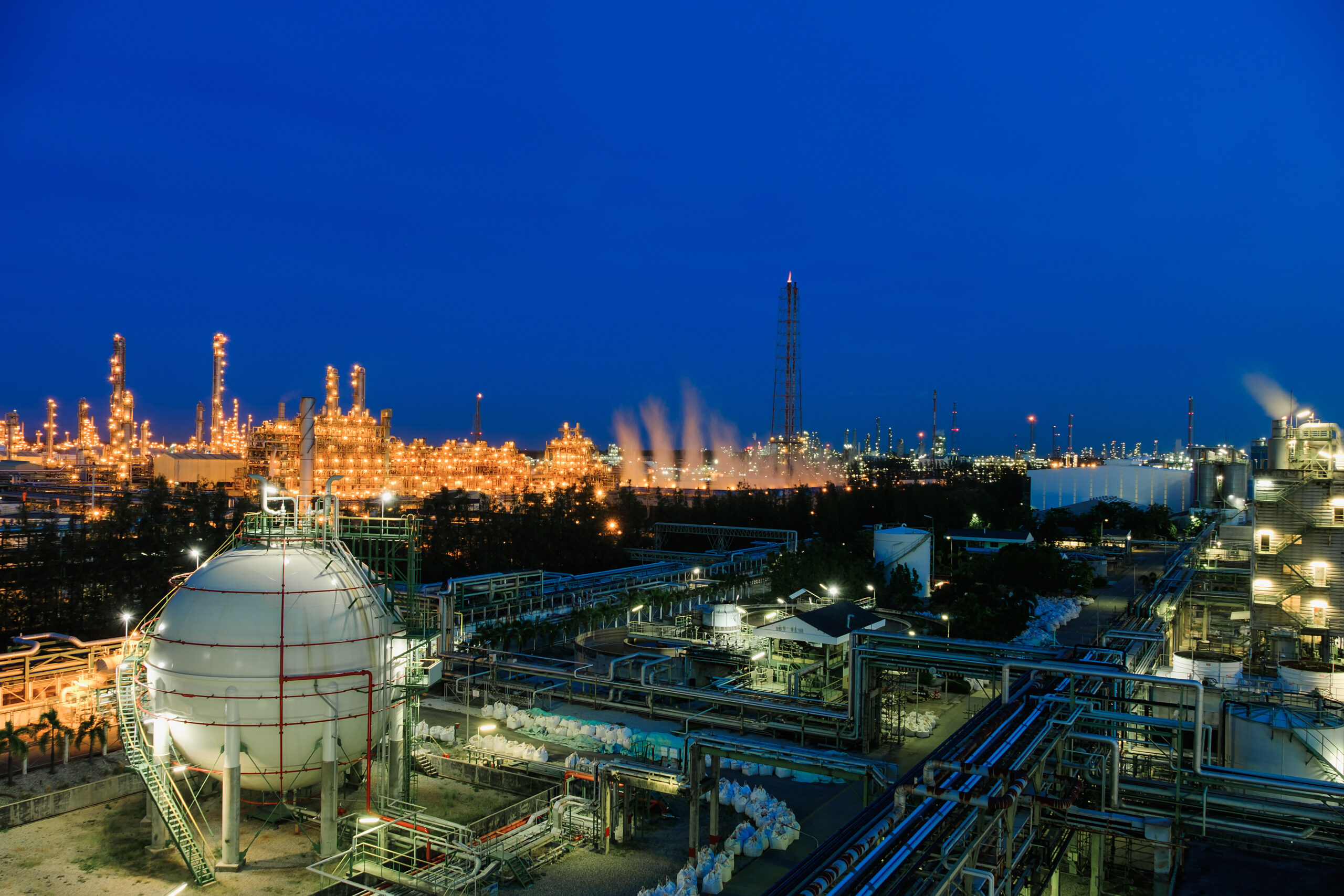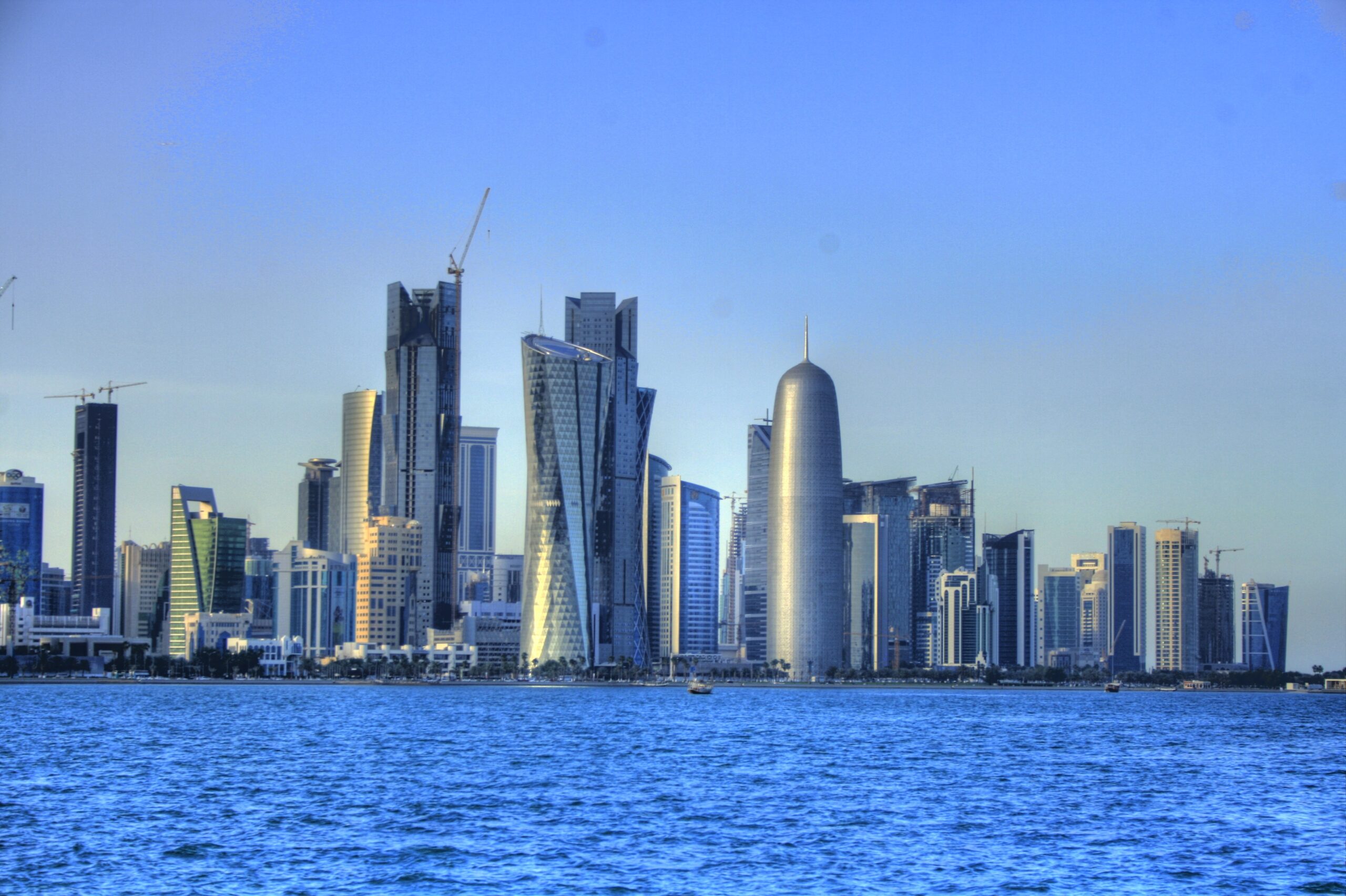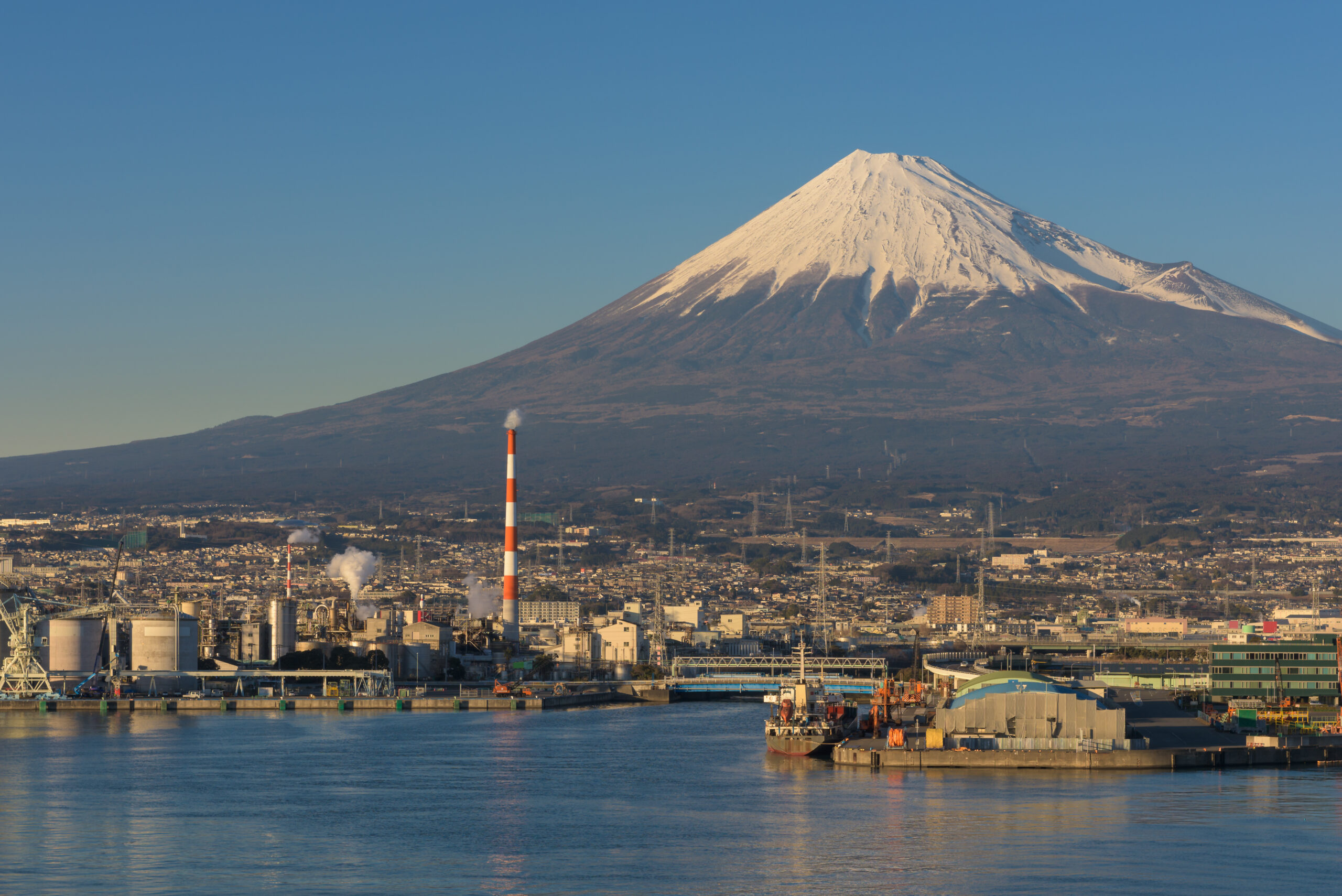U.S. gas prices ratchet higher as exports increase
U.S. LNG exports are increasing as Europe searches for more energy supplies. But are more shipments abroad driving up prices at home?

U.S. natural gas prices for next-month delivery shot above $7 per million Btu (MMBtu) on April 14, more than double year-ago levels. While natural gas is still trading at a fraction of the levels seen in Europe, prices are still at their highest point since 2008.
Gas has been swept up in the broader spike in commodity prices, stretched by pandemic-related disruptions and supply pressure stemming from the war in Ukraine, which set off a scramble in Europe to find alternative sources of energy.
But the steady increasing volumes of liquefied natural gas (LNG) exports from the U.S. is also tightening up the domestic market. U.S. LNG exports increased to 9.7 billion cubic feet per day (Bcf/d) in 2021, up 50 percent compared to a year earlier. That was an annual average; for the month of March 2022, LNG exports increased to 12.1 Bcf/d, according to RBN Energy.
“Colder-than-normal weather, robust power burn and record LNG exports have continued to keep balances tight and expand the storage deficit to last year,” RBN Energy analyst Sheetal Nasta wrote in an April 11 note. “Those bullish factors, along with guarded production growth, are likely to persist in the coming months.”
In a report from last year, Nasta wrote that U.S. natural gas prices would have been much higher if it had more LNG infrastructure, which would have resulted in much more gas shipped abroad.
“The U.S. gas market has been relatively buffered from the full extent of the panic-driven premiums enveloping European and Asian markets, constrained primarily by its limited ability to help meet international demand,” Nasta wrote in September 2021. “In other words, the U.S.’s LNG export capacity ceiling is likely the only thing reining in Henry Hub prices from following European and Asian gas/LNG prices to the moon.”
Other analysts agreed. “When you look at the fundamentals, the only explanation for why prices are high, is that exports have boomed,” Clark Williams-Derry, an energy finance analyst at the Institute for Energy Economics and Financial Analysis (IEEFA), told Gas Outlook. “There’s just no other way to explain the price picture without looking at the fact that LNG exports have essentially doubled or more since 2019 and today.”
A new LNG terminal, Venture Global’s Calcasieu Pass, came online in recent weeks, which will result in even more cargoes shipped overseas.
More U.S. LNG?
The Biden administration’s efforts to send more LNG to Europe to alleviate security and supply concerns is constrained by the fact that it takes years to build new LNG infrastructure.
At the same time, market trends even prior to Russia’s invasion of Ukraine saw steady increases in U.S. LNG exports. And as prices spiked, American LNG cargoes rerouted to Europe, away from other destinations.
“Virtually all LNG shipped out of the United States of America is destination-flexible,” Steven R. Miles, a fellow in global natural gas at the Center for Energy Studies at Rice University’s Baker Institute for Public Policy, told Gas Outlook. “The U.S. contracts are incredibly flexible, inherently flexible, unlike the contracts almost anywhere else in the world.”
Because of that flexibility, some LNG ships have literally changed direction while at sea, turning around mid-route to head to Europe instead of Asia. In the past, roughly 30 percent of U.S. LNG went to Europe, but more recently that share has jumped to 70 percent.
“That’s exactly what happened after the Ukraine war. Prices shot up. High prices drove a lot of the US cargoes to Europe,” Miles said.
The big question is whether the current market turmoil will result in a wave of new LNG export terminals. LNG projects need long-term financing and long-term contracts to go forward, but it is unclear how long eye-watering prices will stick around.
There was an “immediate ‘oh shoot moment’” Miles said, paraphrasing the thinking in many European capitals. “It was ‘how do I get cargoes through winter 2022.’ OK, we’ve made it through that. Now it is ‘how do I get ready for winter 2023?’”
He said that Europe should turn to floating storage and regasification units (FSRUs), which can be deployed within a year. Onshore LNG terminals can take several years to build.
Beyond that, the conversation is now focused on securing supply in the medium- and long-term. “This is not going to be a one-year problem,” Miles said.
Given the painful prices for natural gas in Europe at the moment, European buyers are now looking once again at U.S. LNG. “I think the long-term signal is there to get new [final investment decisions]” on new LNG projects in the U.S., he added.
But interest isn’t just coming from Europe. “All eyes right now are on Europe. But the actual contracting story is playing out in Asia,” Williams-Derry said.
When LNG prices were much lower, China was content to rely on the spot market, but now that’s changing, he said. In recent weeks, Chinese energy companies have signed 20-year purchase agreements for LNG from proposed projects in Texas and Louisiana.
Those projects, along with a series of other proposed terminals in the U.S., have not yet received final investment decisions. “The momentum is growing, but it hasn’t pushed anything across the finish line yet,” Williams-Derry said.
At the same time, high prices and extreme volatility are contributing to some demand destruction. China has cut purchases of LNG on the spot market due to high prices. Asia Pacific LNG demand was down 10 percent in the first quarter, compared to a year earlier, according to the Wall Street Journal.
Energy trader Gunvor recently refused to supply Pakistan with its contracted LNG cargoes, forcing Pakistan to scramble to find expensive gas on the spot market.
What appears to be a golden moment for LNG exporters may end up inflicting damage to the industry, as it gains a reputation for being unreliable and expensive, according to Williams-Derry. “Right now, everybody is seeing dollar signs. Money is changing hands. But what we’re not paying attention to is the longer-term impacts that high prices are having on demand growth and on energy policy discussions in Asia,” he said.
In the meantime, U.S. LNG exports are expected to continue to rise. That, in turn, could prevent domestic U.S. natural gas prices from falling back to the $3 to $4 range from last year.
“I think we’re seeing signs of potential long-term tightness in the US gas market, particularly as Calcasieu Pass comes online and as US exports ramp up,” Williams-Derry said. “I don’t think we’ve seen the end of $7 gas. And we certainly haven’t seen the end of volatility.”



